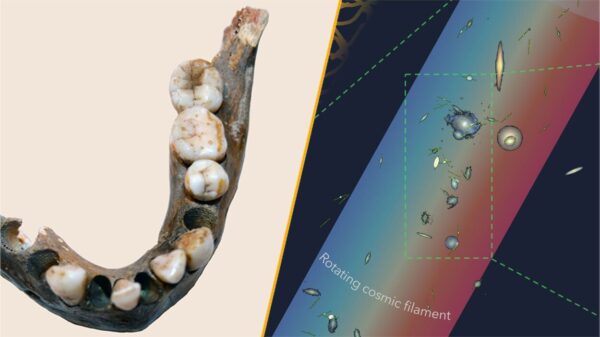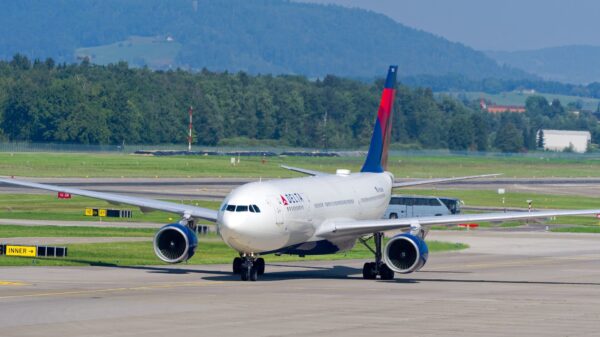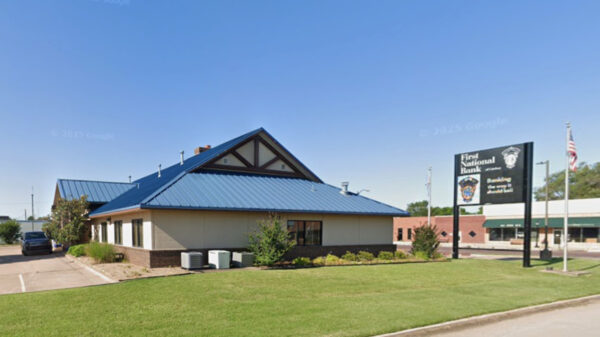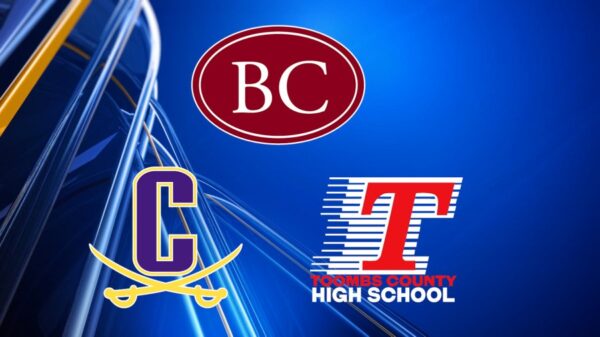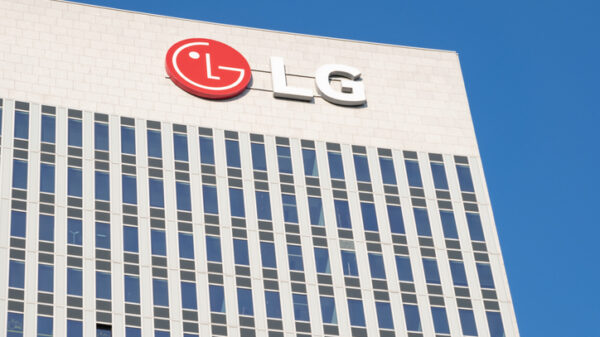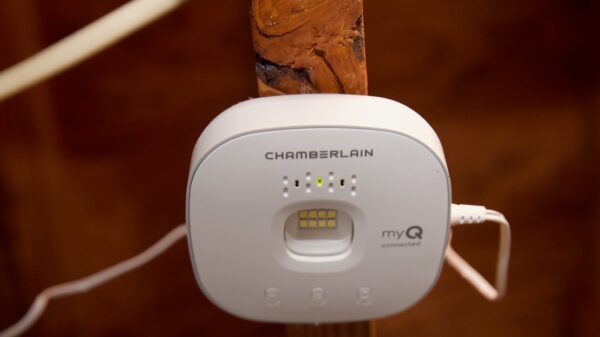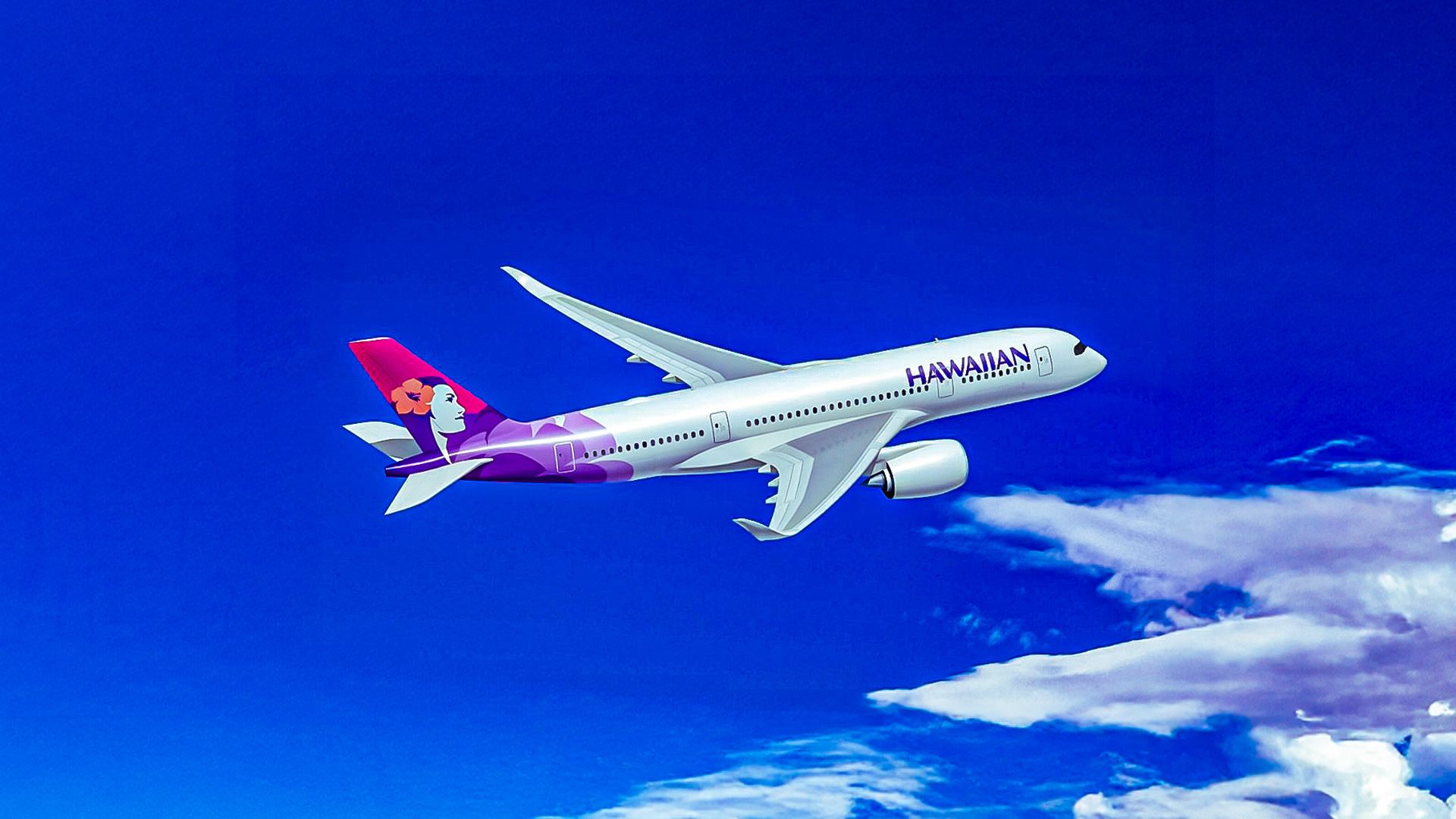Hawaiian Airlines has made significant changes to its long-haul fleet strategy, moving away from an initial order for the Airbus A350-800 in favor of the Boeing 787. This decision reflects a decade of evolving aircraft technology, shifting market demands, and a pursuit of operational flexibility.
In 2008, Hawaiian Airlines placed an order for six Airbus A350-800 models, intending to modernize its long-haul operations. This order was part of a dual acquisition strategy that included six older Airbus A330-200 aircraft, aimed at enhancing capacity and efficiency. The Airbus A350-800 was viewed as a next-generation aircraft that would complement the airline’s existing fleet while maintaining a commitment to the Airbus cockpit philosophy.
As the A350 program developed, the A350-800 struggled to gain traction in the market. Customers increasingly preferred the larger Airbus A350-900, which offered better operating economics. By 2014, Airbus announced the cancellation of the A350-800 program, leading Hawaiian Airlines to pivot its orders toward the Airbus A330-800neo. This aircraft was intended to provide a similar size and capability as the A350-800 while incorporating modern engines and improved cabin aesthetics.
Market Dynamics Prompt Strategic Changes
The transition to the Airbus A330-800neo was short-lived. Hawaiian Airlines recognized that the aircraft faced challenges in attracting interest from other airlines, raising concerns about its residual value. Consequently, in 2018, Hawaiian opted to abandon the A330-800neo and shifted its focus to the Boeing 787. This shift allowed the airline to align itself with a well-established aircraft that had gained significant popularity among long-haul operators, enhancing pilot hiring and simulator access.
According to industry analysts, the decision to drop the Airbus models underscored the challenges Airbus faced in sustaining the A330-800neo. The move to the Boeing 787 ultimately provided Hawaiian Airlines with a more liquid and widely supported option in the long-haul market.
Future Fleet Strategy Under Alaska Air Group
In September 2024, Hawaiian Airlines merged with Alaska Air Group, further influencing its fleet strategy. The airline is now utilizing its widebody aircraft to expand its long-haul network from Seattle, deploying Boeing 787-9s for transpacific routes and considering larger Boeing 787-10 models for increased capacity.
Currently, Hawaiian Airlines operates 24 Airbus A330-200s and four Boeing 787 aircraft. The airline is also enhancing its premium cabin offerings to stabilize capacity and improve revenue yields. This strategic focus aims to ensure that Hawaiian Airlines meets its operational goals while adapting to the changing demands of the long-haul travel market.
The overall narrative of Hawaiian Airlines’ experience illustrates the complexities of aircraft procurement and fleet management in the aviation industry. While the Airbus A350-800 was initially seen as an ideal solution for Hawaiian’s unique operational needs, market realities ultimately compelled a shift towards Boeing’s offerings. As Hawaiian Airlines continues to refine its long-haul strategy, its journey highlights the need for flexibility and responsiveness in an ever-evolving market landscape.


